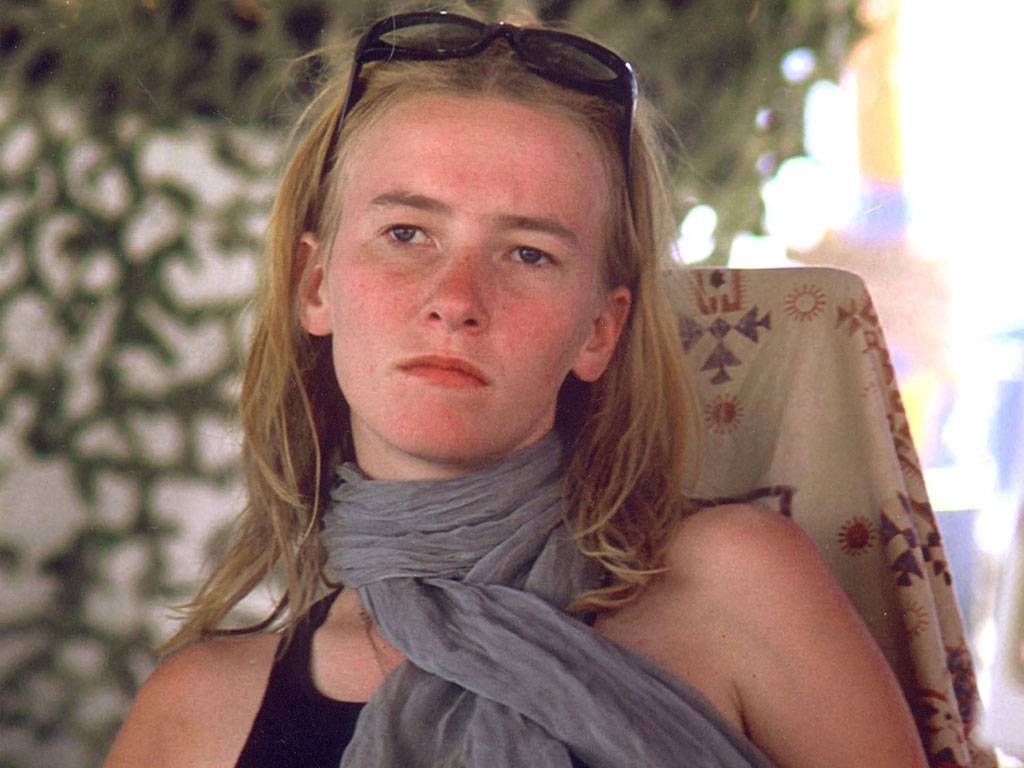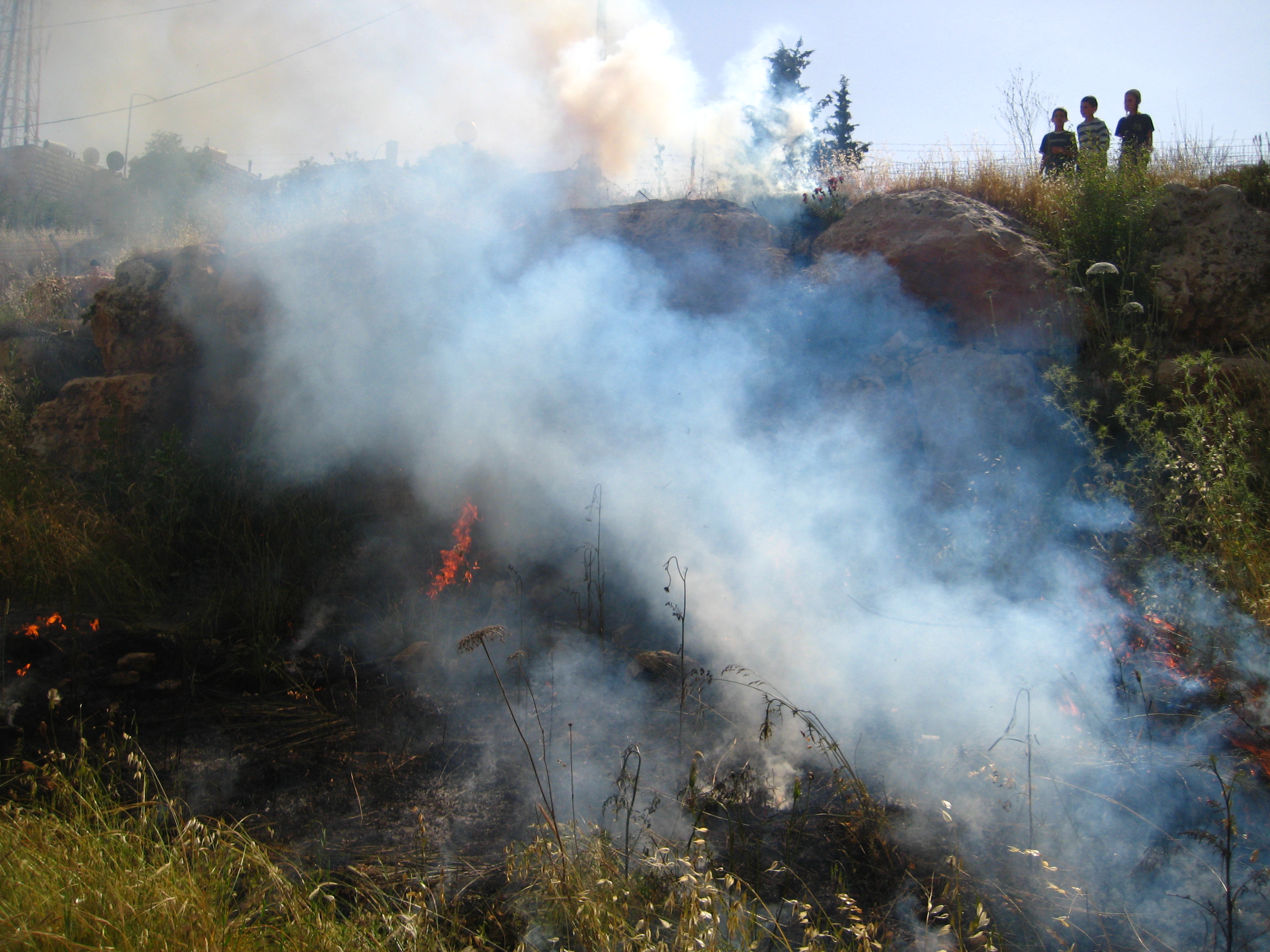Author: swing
-
Statement from Corrie family in response to the Israeli Supreme Court’s Dismissal of Appeal in Wrongful Death of Rachel Corrie
Originally published at the Rachel Corrie Foundation. Today we received word from our attorneys that the Supreme Court of Israel dismissed our appeal in the wrongful death case of our daughter and sister Rachel Corrie. Our family is disappointed but not surprised. We had hoped for a different outcome, though we have come to see…
-
Fire at field near Kiryat Arba, Hebron
22 May 2011 | International Solidarity Movement On Thursday May 19 a part of the field of Abd al Kareim al Jabari in Western Hebron, where International Solidarity Movement activists have been present for the past ten days, was set on fire. Settler children started to throw stones at the ISM activists as soon as…
-
New York protest against detention without trial of Palestinian BDS activist
Adalah NY 17 October 2009 On Saturday forty New York human rights advocates rallied on a cold fall day at the Madison Avenue jewelry store of Israeli settlement mogul Lev Leviev to demand that Israel release jailed Palestinian boycott activist Mohammad Othman. Othman, held without charges and in solitary confinement since September 22nd, is from…


